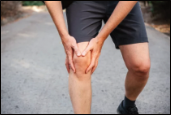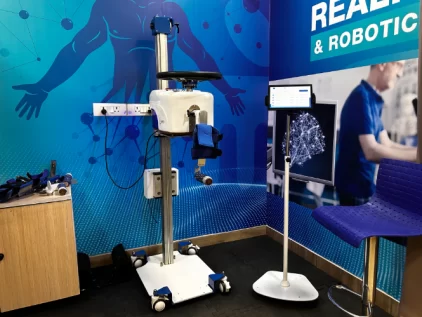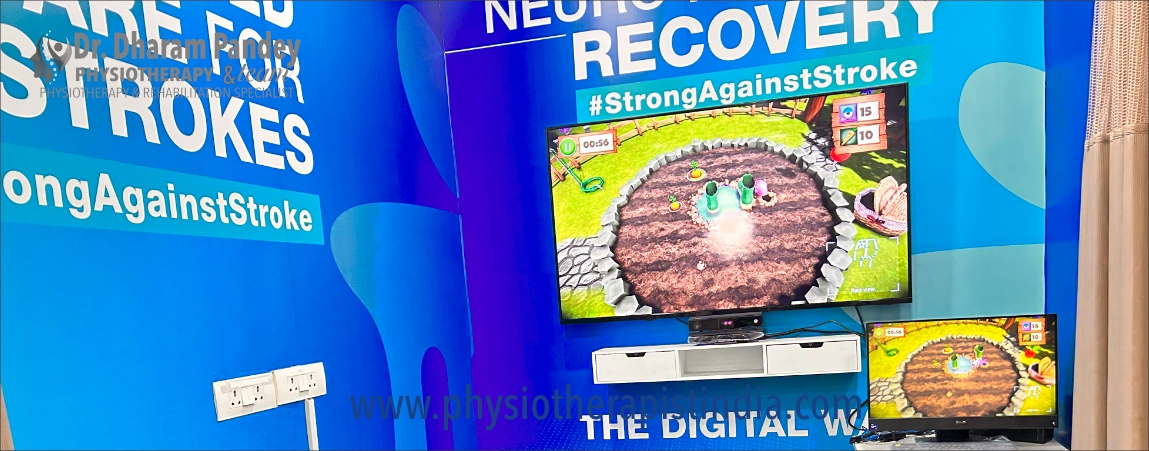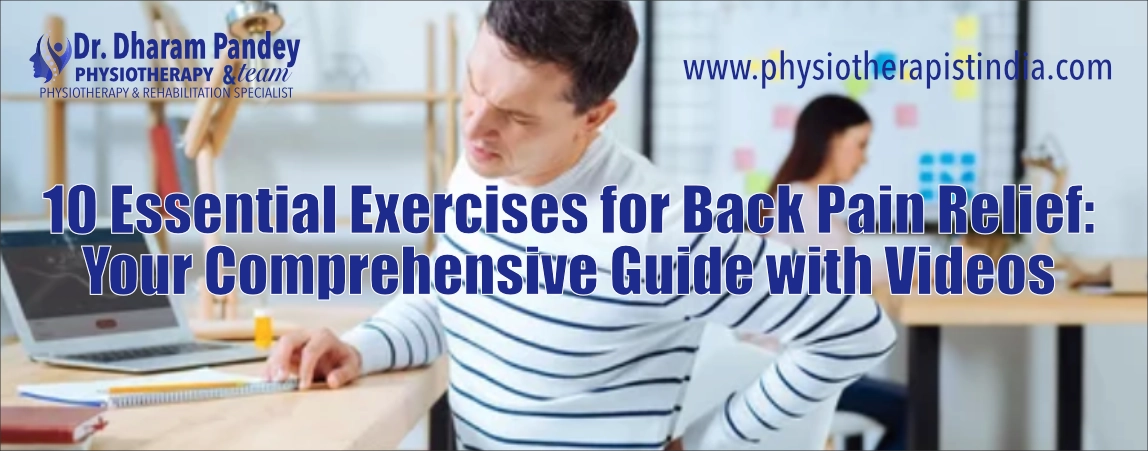WHAT WE TREAT
Runner's knee
Best Physiotherapist in Delhi
Runner’s knee, or patellofemoral pain syndrome, can be a frustrating condition for active individuals. Learn about its causes, symptoms, treatments, and how to prevent.
Runner’s Knee
It is technically known as patellofemoral pain syndrome, is a common condition that affects many individuals, particularly those who are active and participate in activities like running. This condition can be frustrating, but understanding its causes, symptoms, treatments, and preventive measures is essential for managing and preventing it. we will explore runner’s knee in detail.
What Is Runner’s Knee?
It is a condition characterized by pain in the front of the knee, particularly around or behind the patella (kneecap). It is a common overuse injury, and despite its name, it can affect individuals who engage in various activities, not just running.

The Anatomy of the Knee
It’s important to understand the knee’s complex structure, which plays a crucial role in its function.
Causes
Common Causes Several factors can contribute to the development including overuse, muscle imbalances, and biomechanical issues.
Risk Factors Certain factors, such as gender and age, can increase the risk of developing patellofemoral pain syndrome.
Symptoms
Common Symptoms The primary symptom of patellofemoral pain is pain in the front of the knee, typically during or after physical activities.
Additional Symptoms Other symptoms may include a grinding or popping sensation in the knee, stiffness, and difficulty with activities like climbing stairs or sitting for extended periods.
Diagnosis
Clinical Evaluation A healthcare provider will typically begin with a physical examination and a discussion of the patient’s medical history.
Imaging Tests In some cases, imaging tests like X-rays or MRI may be used to rule out other conditions and evaluate the knee’s structure.
Non-Surgical Treatments
Rest and Activity Modification Resting the affected knee and modifying activities to reduce stress are often the first steps in treating runner’s knee.
Physical Therapy Physical therapy can help improve muscle strength and flexibility, correct biomechanical issues, and teach individuals how to manage and prevent pain.
Orthotics In some cases, orthotic devices, like shoe inserts, can help correct biomechanical issues and relieve symptoms.
Pain Management Over-the-counter pain medications, like non-steroidal anti-inflammatory drugs (NSAIDs), may be recommended to manage pain and inflammation.
RICE Protocol The RICE protocol, involving rest, ice, compression, and elevation, can be beneficial for reducing symptoms.
Surgical Options
Surgery for Runner’s Knee Surgery is rarely needed for patellofemoral pain and is usually considered when other treatments have not been effective.
Recovery and Rehabilitation
Recovery Timeline Recovery from patellofemoral pain varies but often involves a period of rest, followed by physical therapy and a gradual return to activities.
Rehabilitation Exercises Physical therapy exercises play a significant role in recovering from patellofemoral pain by strengthening muscles and improving biomechanics.
Preventing Runner’s Knee
Preventive Measures Preventing runner’s knee involves strategies like proper warm-up, wearing appropriate footwear, and addressing biomechanical issues through strengthening exercises.


Cutting-Edge Technology
Our commitment to using the best technology extends to various aspects of physiotherapy:
- Robotic Assistance: We employ robotics for gait training, aiding patients with mobility impairments. These devices facilitate improved motor control and muscle activation.
- Electrotherapy: Techniques like TENS, IFT, and Ultrasound Therapy are used to target pain relief and accelerate tissue healing.
- Virtual Reality (VR): We utilize VR and interactive gaming for engaging and enjoyable rehabilitation, increasing patient motivation and compliance with treatment.
Frequently Asked Questions
Reach out to us if you have further Questions - We're here to help!
Q1: Can runner’s knee heal on its own without treatment?
Mild cases may improve with rest, but more severe cases often require intervention.
Q2: Is surgery necessary for all cases of it?
Surgery is rarely needed for runner’s knee and is typically considered when other treatments have not been effective.
Q3: Can I continue running with runner’s knee?
The ability to continue running depends on the severity of the condition and the advice of a healthcare provider.
Q4: Can it be a chronic condition?
With proper treatment and preventive measures, many individuals can manage and prevent runner’s knee effectively.
Q5: Are there specific exercises to prevent runner’s knee?
Yes, exercises that focus on strengthening the quadriceps, hamstrings, and hip muscles can help prevent runner’s knee.
Runner’s knee, or patellofemoral pain syndrome, can be a frustrating condition for active individuals, but with proper understanding, treatment, and preventive measures, it can be effectively managed. Recognizing the causes, symptoms, and available treatments for runner’s knee is crucial for those dealing with knee pain. Whether through non-surgical or surgical means, there are effective strategies for addressing this condition and preventing it from hindering an active lifestyle.
Have Questions or Need Assistance?
Don’t hesitate to reach out to us:
Book Appointment with Experts
- Call/WhatsApp: +9818911195
- Book Appointment with Experts
We are here to lend our support on your journey toward improved movement and overall well-being.
See all Blogs & Articles
See all Conditions we Treat
Note: Content provided here is for informational purposes only and is not a substitute for professional medical advice or diagnosis. If you believe you are experiencing pain or any other health-related issue, it is important to seek the advice of qualified healthcare professionals for a proper evaluation and treatment plan.
See all How it Works.









